Why you should visit Thailand during the off-season
Holidaying in the Land of Smiles during the low season isn’t just about avoiding the crowds – it’s about experiencing the country in a more intimate and authentic way, says James Draven

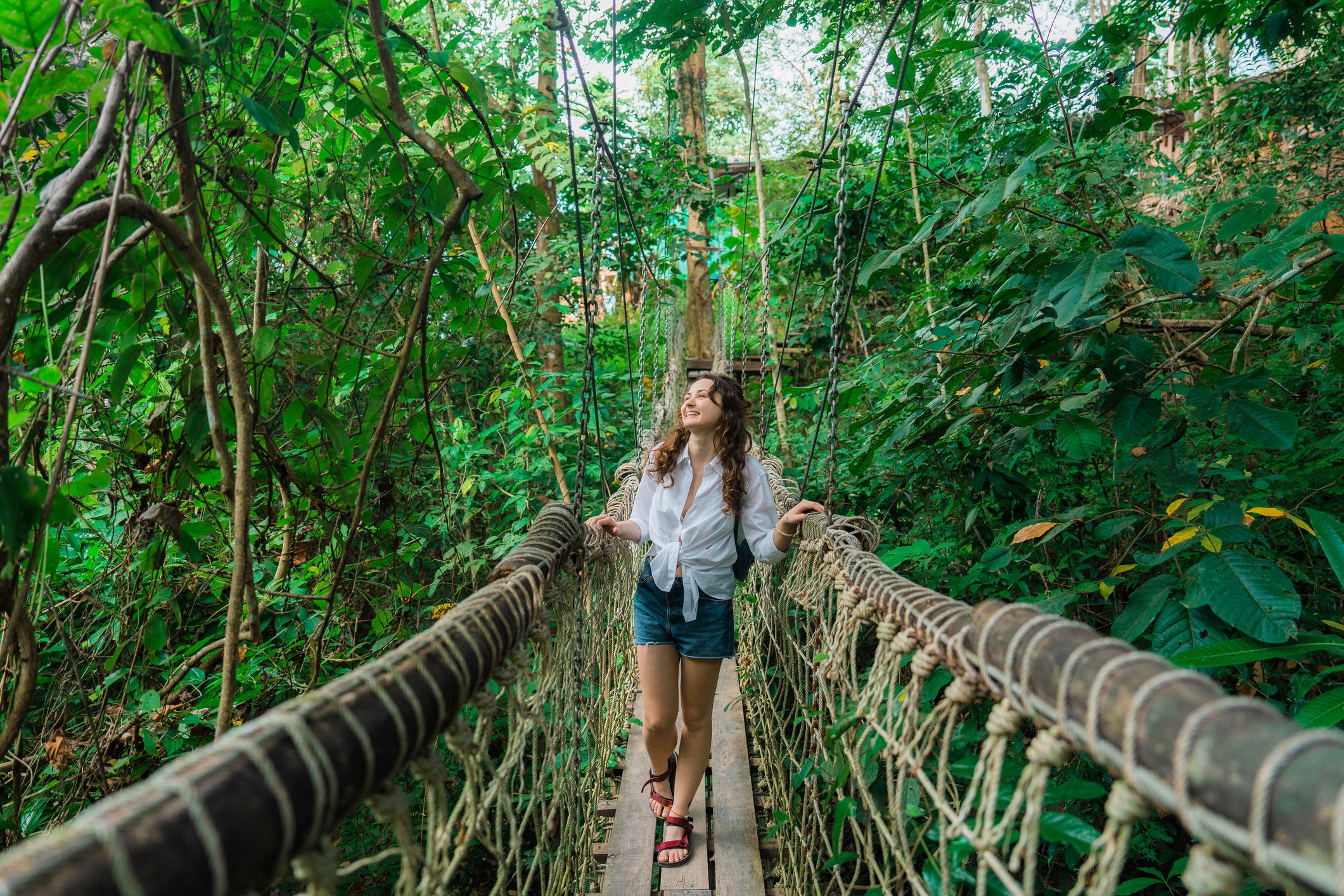
Despite the occasional downpour, there are plenty of reasons to visit Thailand from May to October – so pack your mac and sense of adventure, and get ready to see this spectacular country in a whole new light. From rejuvenated landscapes to rich cultural experiences, the rainy season reveals a side of Thailand that is often overlooked. And who knows? The off-season might just become your favourite time to visit.
Why you should visit Thailand in the low season
1. Go for the weather
This might have high-season purists spitting out their cha yen (iced tea) in horror, itching to inculcate would-be visitors with the well-worn wisdom that “summer is the hot, humid, rainy season”. And it is, but let’s face it, Thailand is hot all year around, with temperatures remaining in the early-to-mid thirties from January to December, fluctuating only by a few degrees.
Yes, it’s humid – we prefer “sultry” – from May to October, but you really won’t notice if you’re spending your days on the beach being fanned by a gentle sea breeze (or a palm frond, if you have the means). When you’re anywhere indoors, the air-conditioning is usually set to “Arctic blast” anyway.
For those who love nature’s drama, however, Thailand’s monsoon season is an experience in itself. The occasional rains, while heavy, are usually brief and refreshing, sweeping in to cool the air in the late afternoon, and washing the land with a shimmering sheen. The sight of nimbus clouds rolling over the Andaman Sea, the rumble of distant thunder, warm rain showering down upon you as you swim in bathwater seas – English drizzle, this ain’t.
2. It’s lush
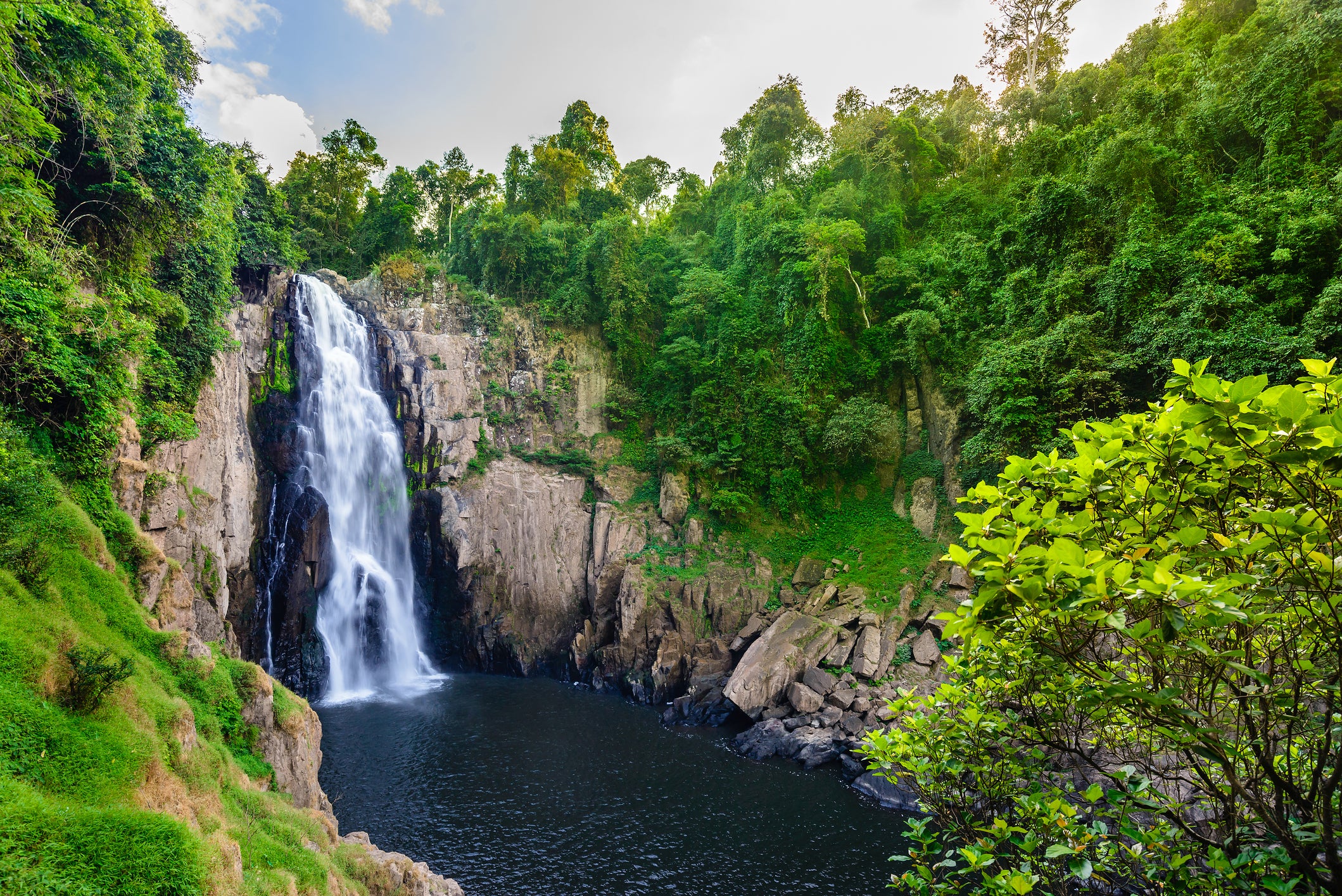
You call it the off-season, we call it the green season. Well, we don’t actually call it that, but we could, and we wouldn’t be wrong.
One of the most compelling reasons to visit Thailand in the low season is the stunning transformation of its landscapes. The rains breathe life into the countryside, painting fields and forests with chartreuse and absinthe greens, before giddily bedding down on rice paddies that stretch out like Gaia’s quilts.
Waterfalls reduced to trickles in dry months roar back to life, cascading past mossy rocks with renewed vigour, while mountains are cloaked in diaphanous mists. Sure, you might be up to your ankles in mud at times, but Thailand’s parks feel almost mystical in the rainy season.
Read more: Chiang Mai city guide: Where to stay, eat drink and shop in Thailand’s northern creative hub
3. Spectacular seasonal festivals
Bun Bang Fai, or the Rocket Festival, is a folk tradition started by the Lao people in the Isan region of Thailand, in which huge rockets are shot from towering wooden frames high into the sky to mark the beginning of the rainy season.
Clearly unwilling to wait around for Halloween, the people of northern Thailand’s Loei province hold the Phi Ta Khon (or Ghost Festival) each June or July. Locals dress up in elaborate ghost costumes (or simply cake themselves in mud) and parade through the streets wearing painted masks made from rice steamers – while making enough noise to wake the dead.
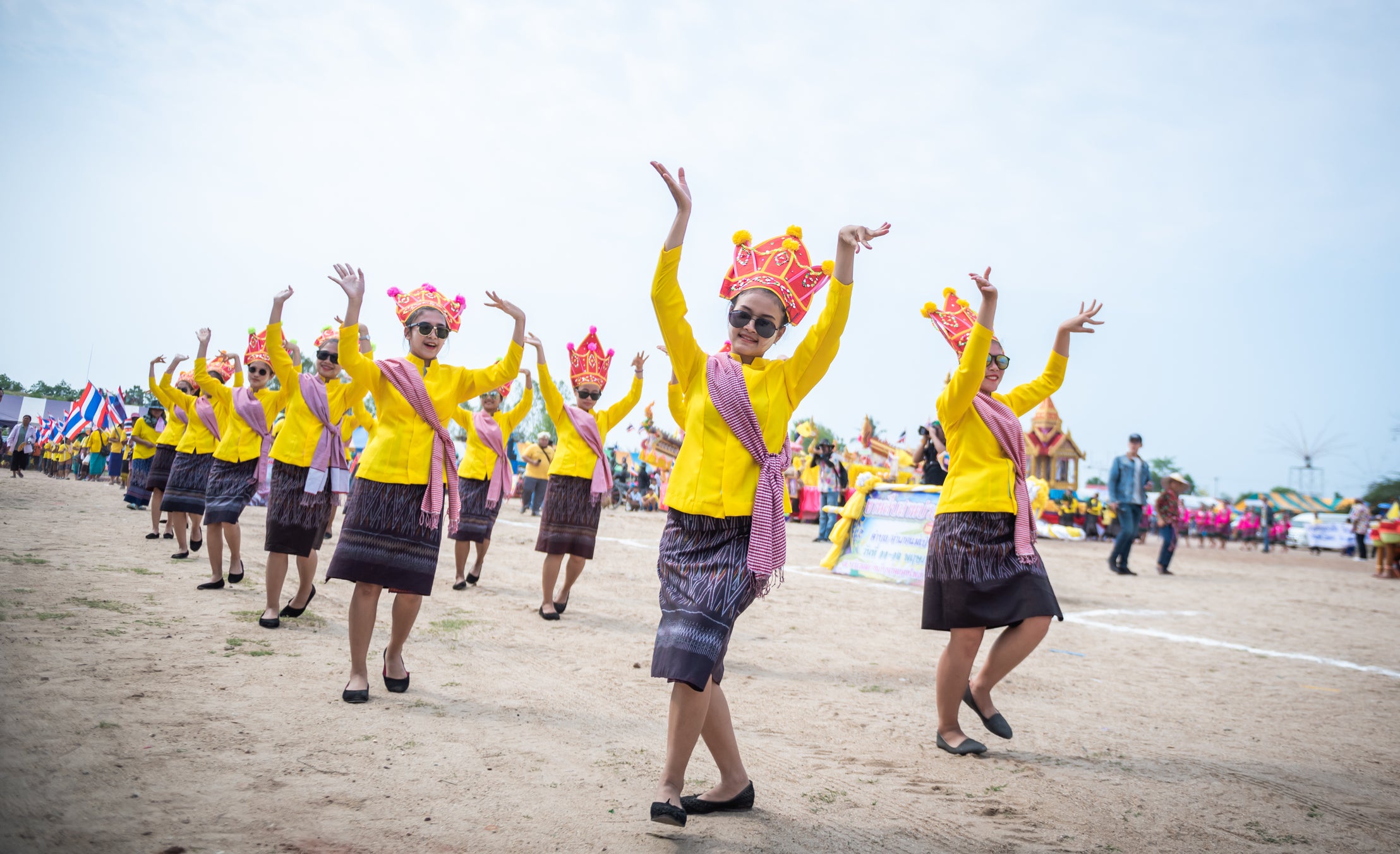
Thailand’s off-season is dotted with tons of unique festivals, each worth planning a whole trip around. For example, in July, Asanha Bucha celebrates the anniversary of Buddha’s first sermon, followed by Khao Phansa, the first day of Buddhist Lent. During this time, temples across the country hold mesmerising candlelight processions. In recent years, several cities in Thailand have begun hosting candle festivals and, in many cases, those plain old wax cylinders have been upgraded to gargantuan sculpted candles.
Starting on the eve of the ninth lunar month, which normally falls in September or October, the annual Vegetarian Festival in Phuket is a jaw-dropping, cheek-skewering spectacle of devotion and endurance. The streets fill with the smoke of firecrackers while participants perform acts of self-mutilation (although they can’t take all the credit: they have plenty of help) such as piercing their faces with… well, the limits are only your imagination/nightmares.
4. You’re supporting the local economy
Visiting during the off-season helps support local businesses that rely on tourism year round. Your visit can make a big difference to local communities, ensuring they thrive even when tourist numbers are low.
5. Authentic cultural connections
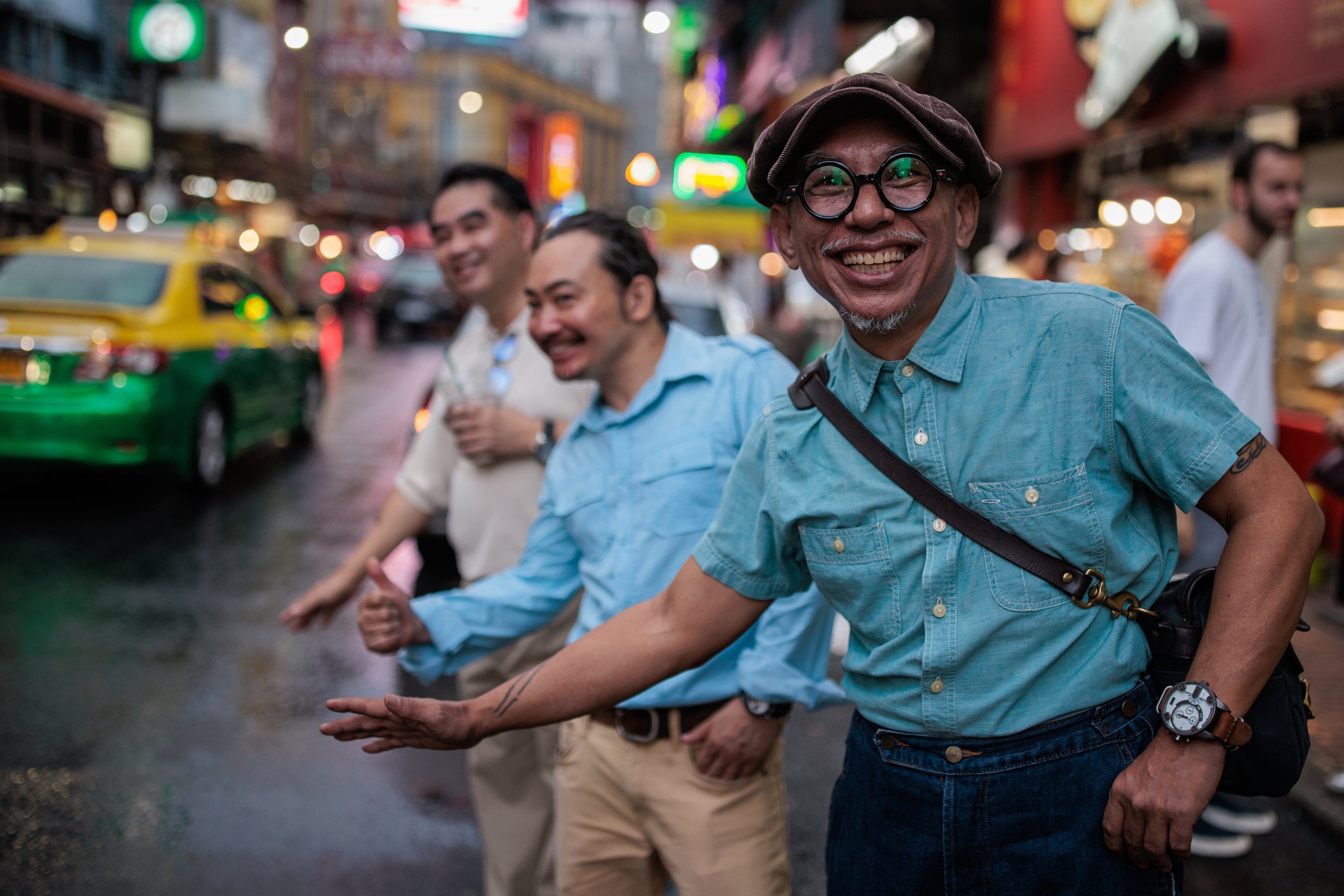
The low season is a time when you can engage more meaningfully with local communities. Fewer tourists mean more opportunities to have genuine interactions with locals, who often have more time and inclination to share their stories and traditions with curious travellers.
6. It’s cheaper
While it’s always great value for money, visiting in the low season means that you can enjoy Thailand’s renowned hospitality at a fraction of the usual cost. Luxury resorts, boutique hotels and beach-front properties offer significant discounts and off-season packages that include extras like spa treatments, making it possible to stay in the kind of comfort that might be out of reach during the high season. Flights can also be significantly cheaper, so you’ll have more cash to splurge on agonising massages, umbrellas, hand fans and elephant pants.
Read more: The Thailand island you must visit now – before ‘The White Lotus’ effect hits
7. The surf’s up
Thailand isn’t known as a big surfing destination – and you’re not going to find the kind of breakers you get in Indonesia here – butthe Andaman coast is good for beginners to practise on smaller waves. Perhaps unsurprisingly, the monsoon season is the best time to surf, when the swells are bigger, and the beaches are less crowded, giving you more room to ride the waves and more space on those white-sand beaches to take your obligatory surfboard selfies. It's harder to reach, but the island of Ko Phayam is affordable, idyllic, has fewer visitors and has some of Thailand’s best surf.
8. Amazing wildlife encounters
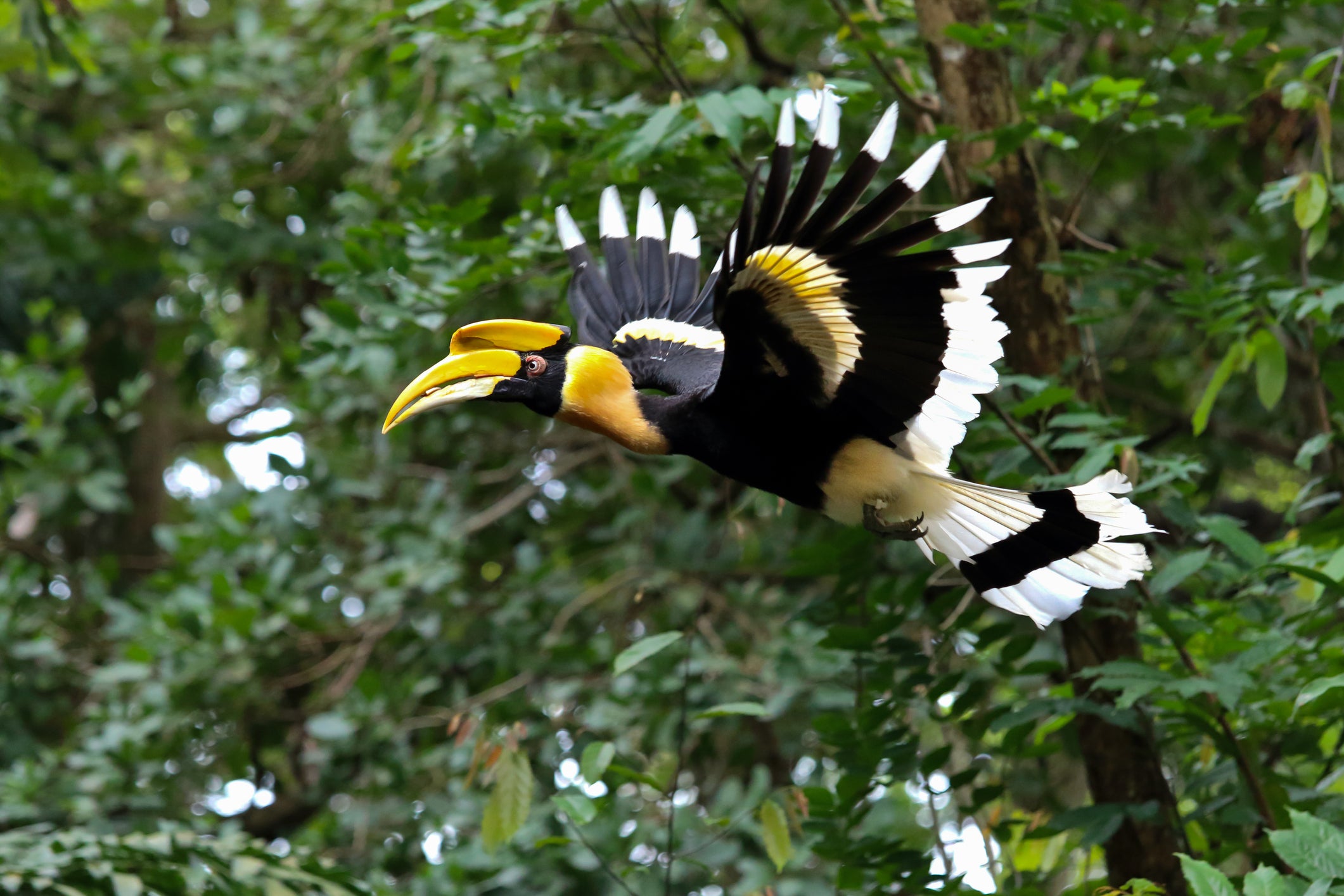
With fewer tourists around, wildlife tends to be more active and visible. Visit national parks like Khao Sok, and you might spot leopards, gibbons, elephants, spectacled langurs and exotic birds, undisturbed by chattering backpackers.
Read more: Why you should explore congested Bangkok by bike and boat
9. It’s less crowded
Have you ever tried to strike a pose at the Grand Palace without being photo-bombed by hundreds of irritating tourists trying to enjoy their own holidays? In the off-season, you’ll have the space you deserve to become the next viral TikTok model without oblivious bystanders blocking your shots.
In the low season, you can explore the ancient ruins of Ayutthaya in a tranquil solitude that evokes the grandeur of its past. Coastal areas like Krabi and Phang Nga Bay – which are usually teeming with tourists – become places of serene beauty. On the island of Ko Lanta, you can explore hidden caves undisturbed, and you’ll find deserted beaches, where you can walk for miles with nothing but the sound of the waves for company. Even the capital slows down, with locals retreating indoors by day, while the bustling night markets come alive in the cooler evenings.
Find out more about ethical and sustainable travel options, and other ways to support local communities and protect the environment during your stay at Responsible Thailand.
Join our commenting forum
Join thought-provoking conversations, follow other Independent readers and see their replies
Comments
Bookmark popover
Removed from bookmarks